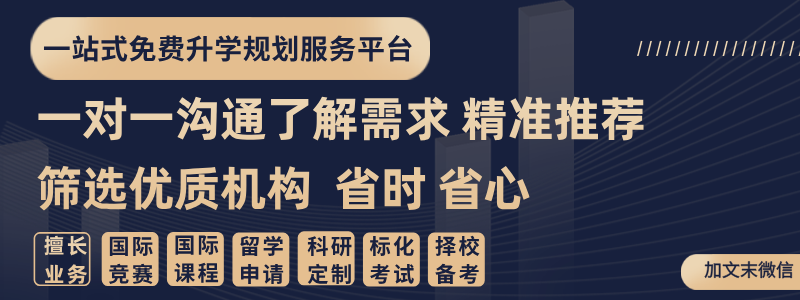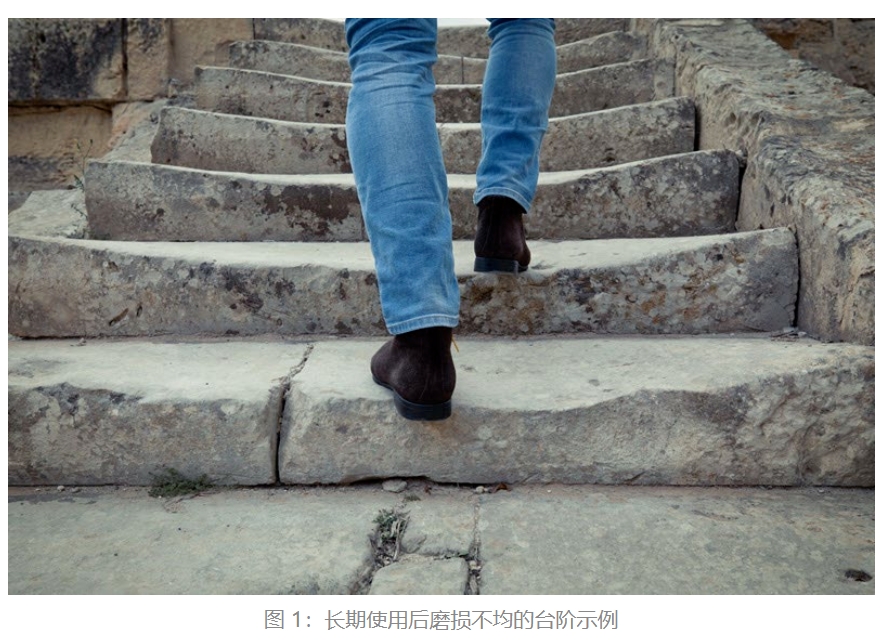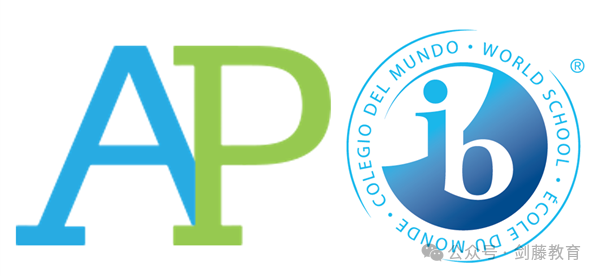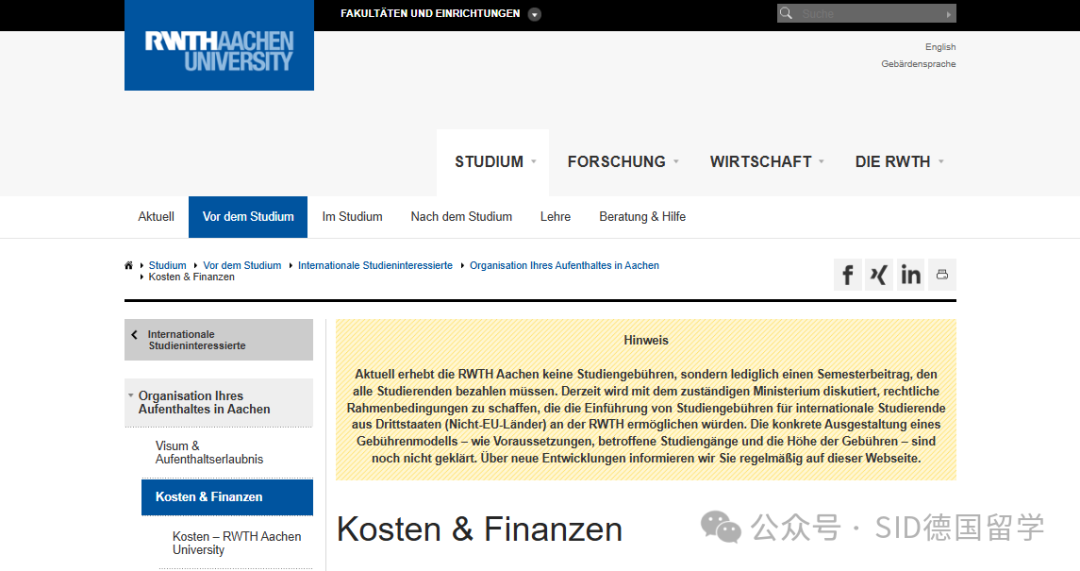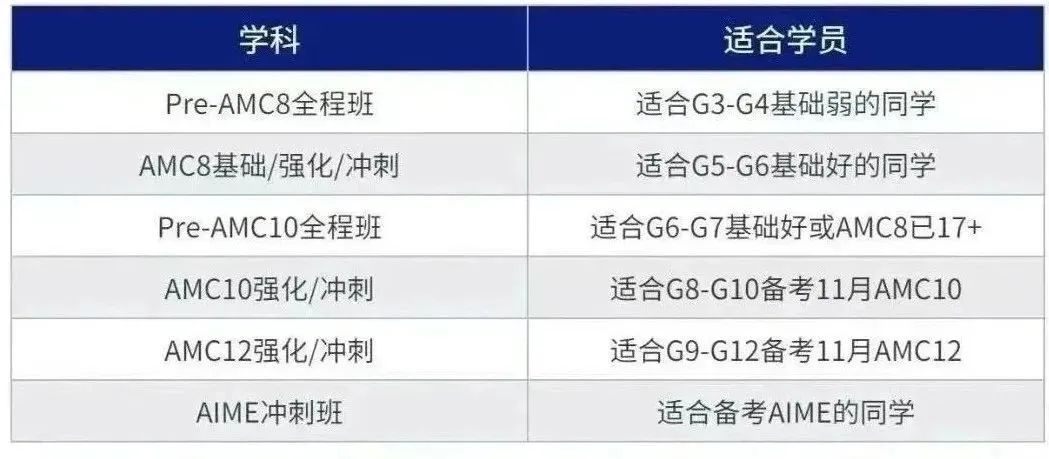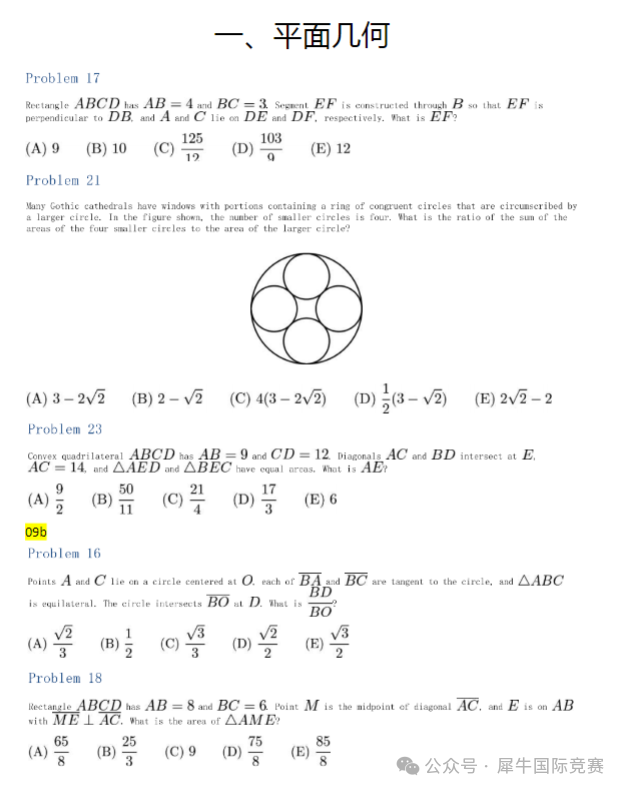中文赛题:管理可持续旅游业
阿拉斯加州朱诺市,美国,约有 3 万居民,2023 年接待了创纪录的 160 万邮轮游客。在最繁忙的日子里,最多有 7 艘大型邮轮停靠,游客总数达到约 2 万人[1]。虽然这些游客为城市带来了约 3.75 亿美元的可观收入[2],但也带来了与过度拥挤相关的问题,使得城市开始努力限制游客数量。讽刺的是,朱诺市的主要景点之一——门登霍尔冰川,正因部分由过度旅游引起的气温升高而持续消退。自 2007 年以来,该冰川已经后退了相当于八个足球场的距离,这让许多当地人担心游客及相关收入可能会随着冰川的消失而消失[3]。幸运的是,朱诺市还有其他景点,如观鲸和雨林,只要能够制定并实施可持续旅游计划,该城市仍然可以保持其作为旅游目的地的地位。
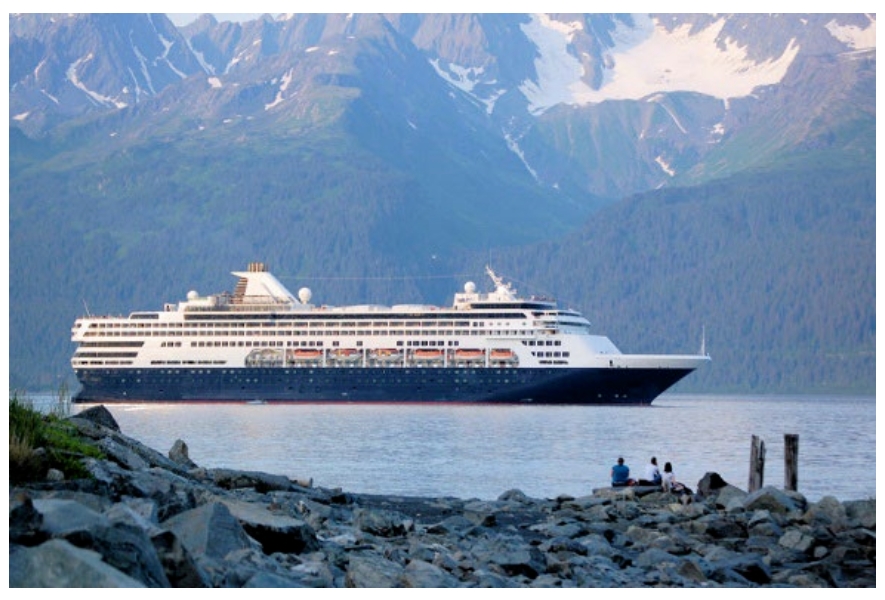
最近的报告[4]强调了旅游业的隐性成本,以及为保护自然和文化资源并建立可持续旅游业而日益增长的管理这些成本的需求。隐性成本包括对当地基础设施(如饮用水供应、废物管理)以及许多位于环境敏感地区的旅游目的地整体碳足迹的压力。由于住房供应和成本、拥挤以及吵闹的游客,当地人口也面临压力。为缓解这些负担,各种措施已被实施,包括提高酒店税、收取游客费用、限制每日游客数量以及限制酒精销售和消费。通过税收获得的额外收入已被用于支持保护工作、改善基础设施以及开发社区项目。虽然许多依赖旅游业的当地人担心额外的费用可能会使游客望而却步,并希望看到游客数量和他们的业务增长,但许多其他当地人变得不满,要么离开,要么抗议游客。
- 为朱诺市建立一个可持续旅游业的模型。您可能需要考虑游客数量、总体收入以及为稳定旅游业而采取的措施。明确说明哪些因素是优化的,哪些因素是约束条件。包括一项关于如何使用任何额外收入的支出计划,并展示这些支出如何反馈到您的模型中以促进可持续旅游业。包括敏感性分析,并讨论哪些因素最重要。
- 演示您的模型如何适应另一个因过度旅游受影响的旅游目的地。地点的选择如何影响哪些措施最重要?如何利用您的模型推广游客较少的景点或地区,以实现更好的平衡?
- 写一份给朱诺市旅游委员会的一页备忘录,概述您的预测、各种措施的影响,以及您对优化结果的建议。
您的 PDF 解决方案总页数不得超过25页,包括:
- 一页摘要页。
- 目录。
- 完整解决方案。
- 一封给交通官员的信(一页)。
- 参考文献列表。
- AI使用报告(如果使用不计入 25 页总限制)。
注意:完整的 MCM 提交文件没有特定的最低页数要求。您最多可使用 25 页来包含您的所有解决方案内容及其他补充信息(例如图纸、图表、计算和表格)。允许提交部分解决方案。我们允许谨慎使用 AI 工具(例如 ChatGPT),但完成本问题并不一定需要使用 AI 工具。如果您选择使用生成式 AI 工具,必须遵循 COMAP 的 AI使用政策。此政策要求您在解决方案文件的最后额外添加一份 AI 使用报告,不计入 25 页的总限制。
全新 MCM/ICM:在线提交流程
本文旨在协助和指导参加 MCM/ICM 的学生和顾问。在文章中,COMAP 提供了有关使用新在线提交页面的新在线提交流程的信息:
https://forms.comap.org/241335097294056
您需要团队的控制号、顾问 ID 号和问题选择才能完成提交。
术语表
可持续旅游:可持续旅游是一个涵盖完整旅游体验的概念,包括对经济、社会和环境问题的关注,以及对改善游客体验和满足接待社区需求的关注。可持续旅游应关注环境保护、社会公平、生活质量、文化多样性以及为所有人提供就业和繁荣的充满活力、可行的经济。
碳足迹:碳足迹(或温室气体足迹)是一个计算值或指数,可用于比较某项活动、产品、公司或国家向大气排放的温室气体总量。碳足迹通常以每比较单位排放量(二氧化碳当量)吨数来报告。
基础设施:社会或企业运作所需的基本物理和组织结构与设施(例如建筑物、道路、电力供应)。
Problem: Managing Sustainable Tourism
Juneau, Alaska, USA with a population of about 30,000 residents, set a record in 2023 with 1.6 million cruise passengers, hosting as many as seven large cruise ships on the busiest days, with upwards of around 20,000 visitors. [1] While these tourists bring in substantial revenue for the city, on the order of $375 million, [2] they also bring issues related to overcrowding that have the city working to limit the number of guests. Ironically, Mendenhall Glacier, one of the premier attractions in Juneau, has been receding, primarily due to warming temperatures caused, in part, by overtourism. The glacier has receded the equivalent of eight football fields since 2007, leading many locals to worry that the tourists and associated revenue will eventually disappear with the glacier. [3] Fortunately, Juneau has other attractions, including whale watching and rain forests, and can maintain their status as a tourist destination, provided they can develop and enact a plan for sustainable tourism.
Recent reports[4] have highlighted the hidden costs of tourism and the growing need to account for and manage these costs to protect natural and cultural resources and build a sustainable tourism industry on which numerous communities around the world depend. These hidden costs include pressure on local infrastructure including drinking water supplies, waste management, and an overall increased carbon footprint in tourist destinations, many of which lie in environmentally sensitive regions. Local populations are also under pressure due to housing supplies and costs, overcrowding, and rowdy tourists. Various measures have been enacted to attempt to ease the burden, including increased hotel taxes, visitor fees, caps on the number of daily visitors, and restrictions on alcohol sales and consumption. Additional revenue from taxes have been used to support conservation, make improvements in infrastructure, and develop community programs. While many locals that depend on tourism are concerned that additional fees might drive tourists away and would rather see the numbers, and their businesses, grow, many other locals are becoming disgruntled and either leaving or protesting against tourists.
- Build a model for a sustainable tourism industry in Juneau, Alaska. You may want to consider factors such as the number of visitors, overall revenue, and measures enacted to stabilize tourism. State clearly which factors you are optimizing, and which factors serve as constraints. Include a plan for expenditures from any additional revenue and show how these expenditures feed back into your model to promote sustainable tourism. Include a sensitivity analysis and discuss which factors are most important.
- Demonstrate how your model could be adapted to another tourist destination impacted by overtourism. How does the choice of location effect which measures will be most important? How might you use your model to promote attractions and/or locations that have fewer tourists to develop a better balance?
- Write a one-page memo to the tourist council of Juneau outlining your predictions, the effects of various measures, and your advice on how to optimize outcomes.
Your PDF solution of no more than 25 total pages should include:
- One-page Summary Sheet.
- Table of Contents.
- Your complete solution.
- One-page letter to the transportation officials.
- References list.
- AI Use Report (If used does not count toward the 25-page limit.)
Note: There is no specific required minimum page length for a complete MCM submission. You may use up to 25 total pages for all your solution work and any additional information you want to include (for example: drawings, diagrams, calculations, tables). Partial solutions are accepted. We permit the careful use of AI such as ChatGPT, although it is not necessary to create a solution to this problem. If you choose to utilize a generative AI, you must follow the COMAP AI use policy. This will result in an additional AI use report that you must add to the end of your PDF solution file and does not count toward the 25 total page limit for your solution.
NEW MCM/ICM: Online Submission Process
The purpose of this article is to assist and guide students and advisors participating in MCM/ICM. In the article, COMAP, provides information about the new online submission process using the new online submission page:
https://forms.comap.org/241335097294056
You will need your team's control number, advisor id number and your problem choice to complete your submission.
Glossary
Sustainable tourism: Sustainable tourism is a concept that covers the complete tourism experience, including concern for economic, social, and environmental issues as well as attention to improving tourists' experiences and addressing the needs of host communities. Sustainable tourism should embrace concerns for environmental protection, social equity, and the quality of life, cultural diversity, and a dynamic, viable economy delivering jobs and prosperity for all.
Carbon footprint: A carbon footprint (or greenhouse gas footprint) is a calculated value or index that makes it possible to compare the total amount of greenhouse gases that an activity, product, company or country adds to the atmosphere. Carbon footprints are usually reported in tonnes of emissions (CO2-equivalent) per unit of comparison.
Infrastructure: The basic physical and organizational structures and facilities (e.g. buildings, roads, power supplies) needed for the operation of a society or enterprise.
参考资料[1]
https://abc7.com/post/juneau-alaska-cruise-ship-limits-overtourism/15048713/
[2]
https://juneau.org/wp-content/uploads/2024/01/CBJ-Cruise-Impacts-2023-Report-1.22.24.pdf
[3]https://alaskapublic.org/2023/08/07/crammed-with-tourists-juneau-wonders-what-will-happen-as-mendenhall-glacier-recedes/


